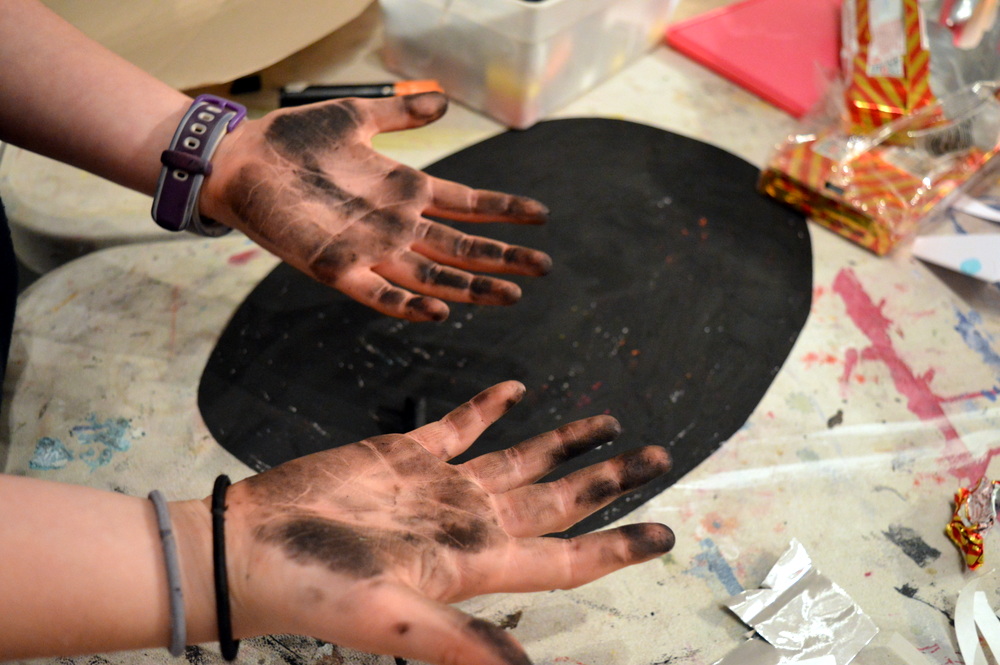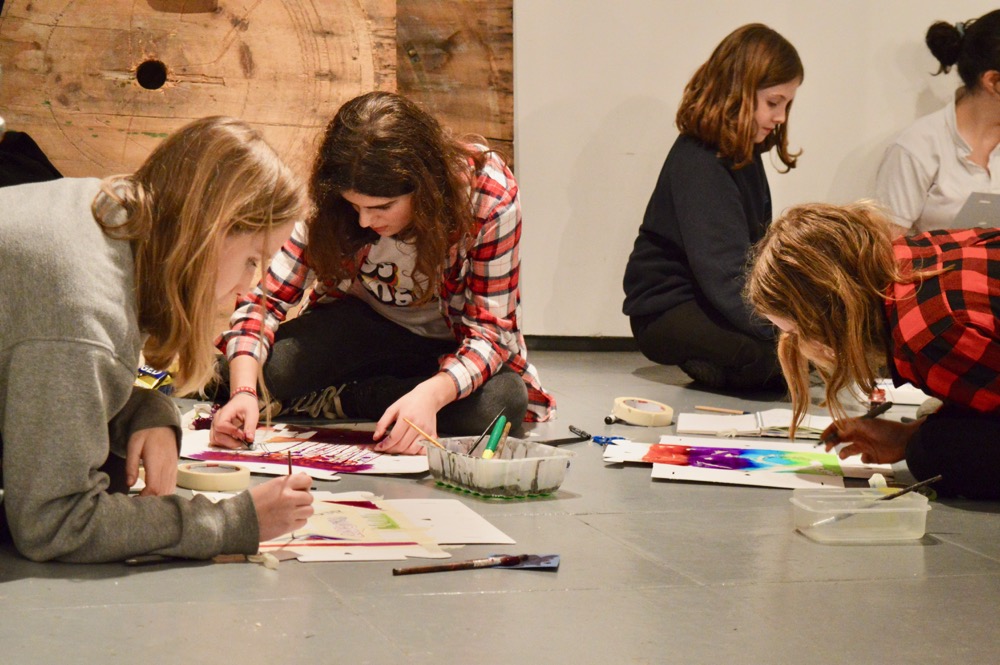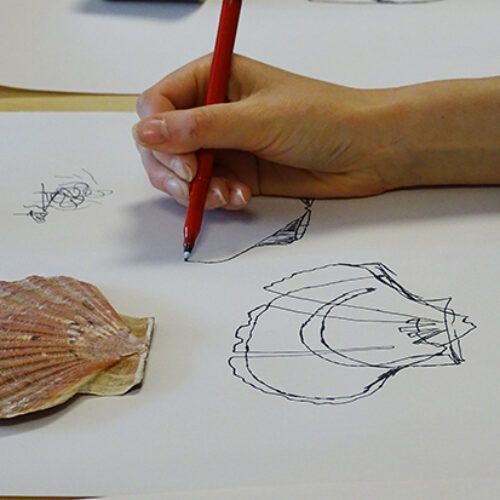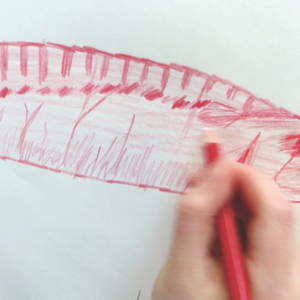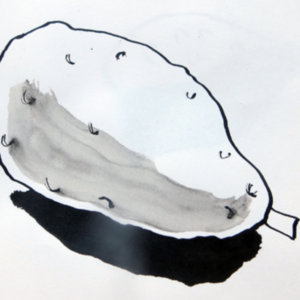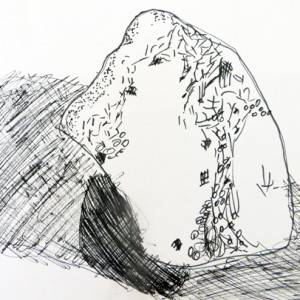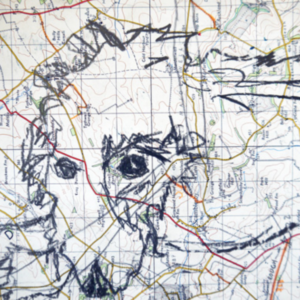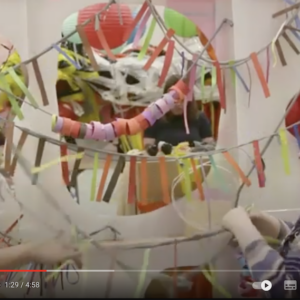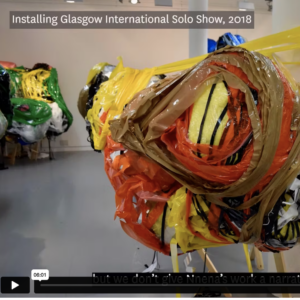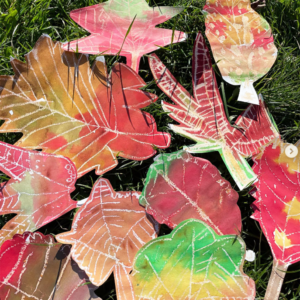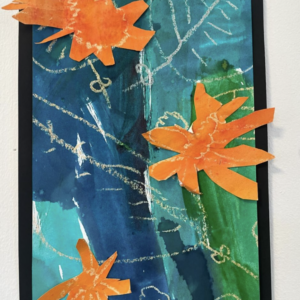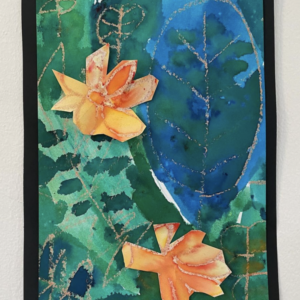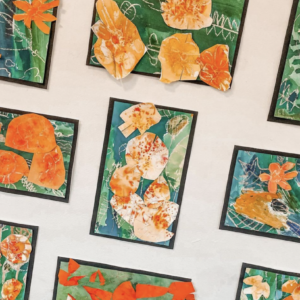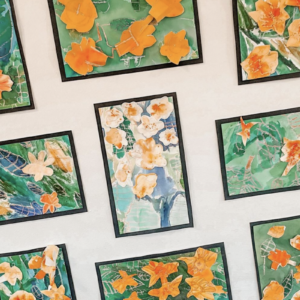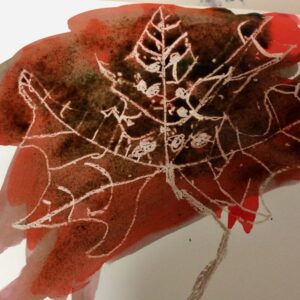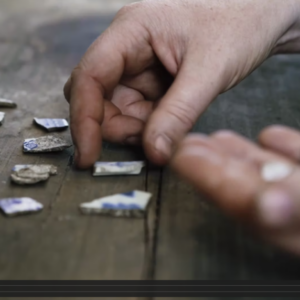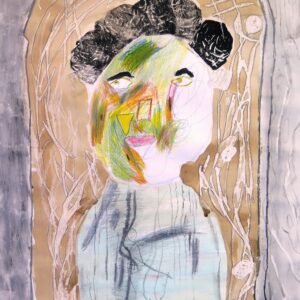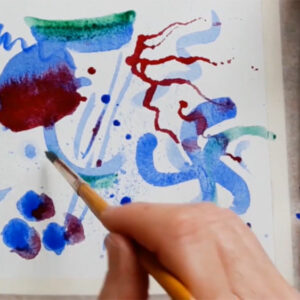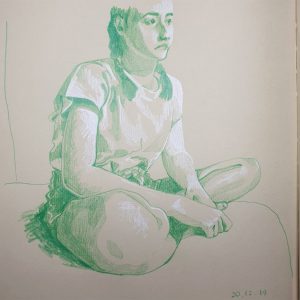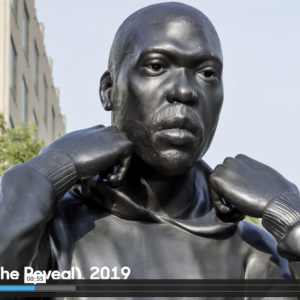By Paula Briggs
This post shares an hour long session at the AccessArt Art Lab, in which the young teenagers (12 and 13 years) worked on two projects simultaneously: a shared winter forest drawing in charcoal, and a sculpture challenge to make a winter tree. The time and material constraints resulted in an energetic and inventive session.
The students jumped between activities, and I’m sure this helped inform their thinking and creativity. We worked as a small group of 5, but this activity would be adaptable for all ages and group sizes.
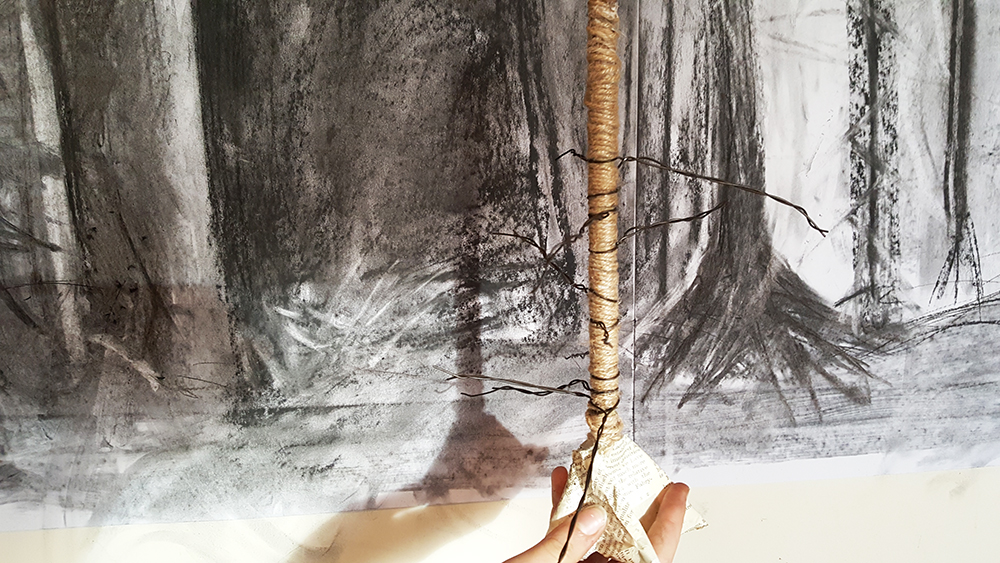
To access all content, I would like to join as…
AccessArt is a UK Charity and we believe everyone has the right to be creative. AccessArt provides inspiration to help us all reach our creative potential.
